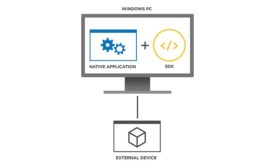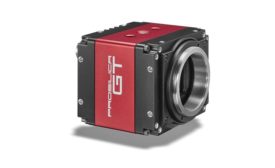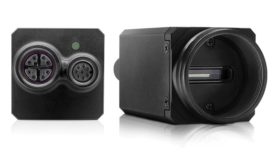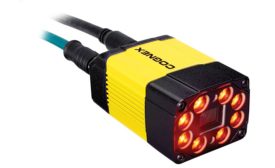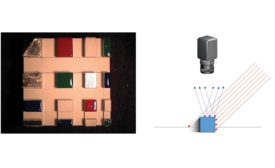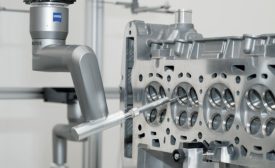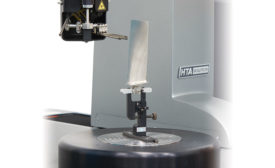Home » sensors
Articles Tagged with ''sensors''
VISION & SENSORS - SENSOR TRENDS
We can replicate the efficiency of how our eyes work with a new form of vision capture called event-based vision.
Read More
Three Cornerstones of Smart 3D Machine Vision
Modern UI design, web-enabled 3D smart sensors, and onboard inspection software.
November 28, 2020
Destroying Materials is Critical to Saving Lives
Recent developments and improvements in testing equipment, sensors, and knowledge have led to a significant increase in high speed and high rate material testing efforts.
August 3, 2020
Trends in Machine Vision Sensors
Predictive maintenance, OPC unified architecture, and quantum dot technology are just some of the new buzzwords in this space, according to industry experts.
December 2, 2019
Illumination: The Third Pillar of Imaging System Design
Illumination is an often-overlooked yet crucial aspect of vision.
September 1, 2019
Choosing Sensors for your CMM
The goal of part inspection is to get results you can trust.
July 1, 2019
Measurement
Sensors Unmasked: The Changing Face of CMMs
Evolution is afoot in traditional measurement systems.
May 1, 2019
Stay in the know with Quality’s comprehensive coverage of
the manufacturing and metrology industries.
eNewsletter | Website | eMagazine
JOIN TODAY!Copyright ©2025. All Rights Reserved BNP Media.
Design, CMS, Hosting & Web Development :: ePublishing

